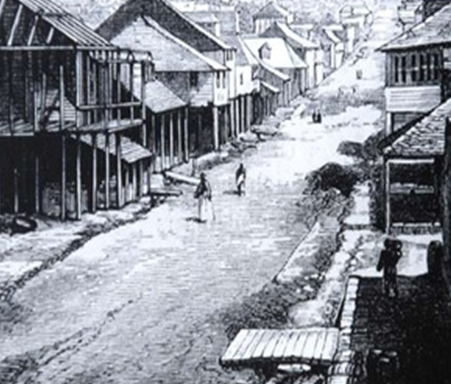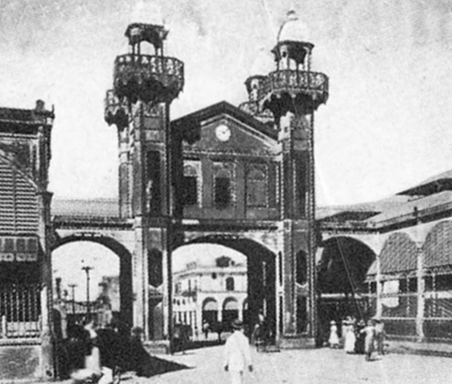"The Urban Awakening" by Marc Péan
An excerpt from Péan’s L’illusion heroique (1977). Péan was a dentist and a historian who wrote several books about Haiti’s history.
As soon as Florvil Hyppolite became president intense activity occurred in Cap Haïtien. Public authorities undertook a serious attempt at urban [renewal] to provide the city with utilities—water supplies, markets, etc.—that were much in need. Planned in extensive studies, the public works started in early 1892. Their breadth and duration provided several sectors of society in Cap Haïtien with a strong stimulus. People started to talk about "manufacturing" and "agro-industry" and these debates interested the public which was less and less restrained. In architecture a new style appeared that gave a touch of elegance to the center of the city around the cathedral. In many ways, similar signs revealed how people’s minds were open to the idea of change.
The "quality of life," as we call it today, improved substantially. The construction of a market—a beautiful, wide and very pretty prefabricated building—contributed greatly, along with running water, to the healthiness of [Port-au-Prince]. Conferences, reunions, and balls took place in this brand new place that the inhabitants regarded with pride. Already the streets had been kept lit using kerosene. One night in January 1893 there was a celebrated event in which the employees of the Compagnie d’Eclairage turned on the [electric] lamps attached to candelabras for the first time. This soon had an impact on the habits of the population. A less sinister and more serene atmosphere replaced the distrust and the repeated, "who goes there?" that patrols and sentinels shouted after dark. Social interaction increased. Soon urban telephone connections multiplied to the delight of those who used them.

